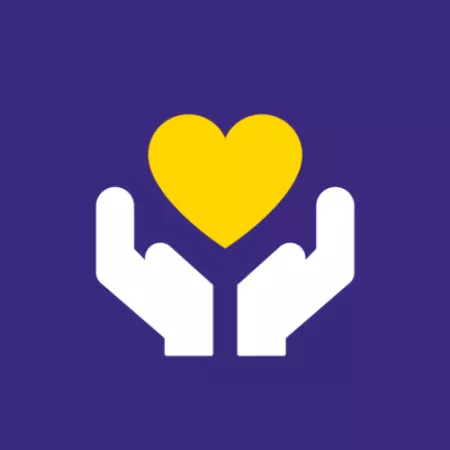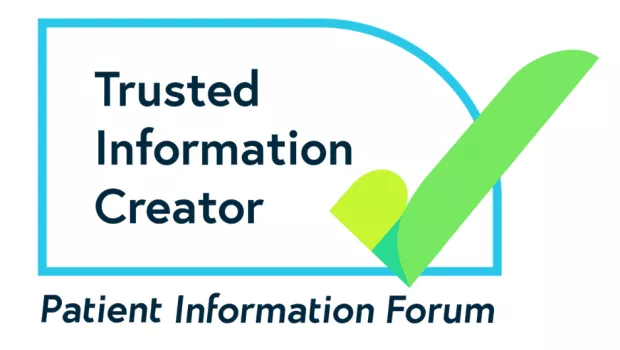Tonic seizures
Tonic seizures can be generalised (affecting both sides of the brain from the start) or focal (they start in one side of the brain).
The name ‘tonic’ means an ‘increase in tone or tightness’ of the muscles.
During a tonic seizure, the muscles in your chest, arms and legs may contract rapidly, causing your arms, legs and body to become stiff (rigid). Your back may also arch and your breathing may change. Changes to your breathing, may mean that your skin colour changes slightly, for example the skin around the mouth may look blue. This is because your lungs are getting less oxygen.
You might also lose consciousness and fall to the ground. Once the seizure has stopped, you regain consciousness and your muscle tone goes back to normal.
Seeing someone have a seizure can be very distressing but remember that they often do not last for very long. Tonic seizures are generally short (less than a minute) and the person will recover from them quickly.
People with Lennox-Gastaut syndrome are more likely to have this type of seizure.




